¿Cómo es la comida peruana? (What is Peruvian Food?) Posted by sasha on Jul 10, 2019 in Uncategorized
Me encanta probar comida nueva cuando viajo (I love to try new food when I travel). I think trying local dishes is one of the best parts about traveling. In all my travels, one of my absolute favorites has been Peruvian cuisine. I could eat a plate of ceviche with a Pisco Sour every day for the rest of my life and not be upset about it! In this post I’ll try to answer the question “¿Cómo es la comida peruana?” (What is Peruvian food?).
An Intro to Peruvian Cuisine
Peru has one of the most fascinating cuisines on Earth. First of all it’s a prime example of fusion cuisine, with influences from indigenous groups like the Inca along with immigrants from Europe, East Asia, and West Africa. These have all blended together with locally available ingredients to form what we know of as la comida peruana (Peruvian food).
In addition to the various cultures being represented in Peruvian cuisine, what’s on the menu also changes depending on the region. Generally speaking, there are three main regions of Peru:
- La Costa o desierto costero (the Coast or Coastal Desert)
- La Sierra o región andina (the Sierra or Andean Region)
- La Selva o región amazónica (the Jungle or Amazon Region)
La comida es diferente según la región (The food is different depending on the region). Obviously, there are different ingredients available in the mountains as compared with the coast or the jungle. Furthermore, Peru is home to an astounding 28 out of the 32 climates found across the world!
Due to the vast cultural influences and the varying geographical and climatic regions of Peru, the cuisine can be very different from place to place. That being said, there are certain ingredients that are very common in Peruvian cuisine.
Las papas son muy importantes en Perú (Potatoes are very important in Peru). In fact, it’s believed that potatoes originated right here in Peru. The Spanish brought potatoes with them back to Europe and they soon became a staple dish all over the world. These days, the country is home to nearly 4,000 different types of potatoes!
Grains such as quinoa and kañiwa are also quite important in the Peruvian diet. If you’re not sure of the difference, I recommend reading this article. Other staple foods include maíz (corn) and legumes like frijoles (beans).
Another important ingredient in Peruvian cuisine is the ají pepper. There are many different varieties, with the most common being ají amarillo (yellow pepper). These peppers aren’t really that spicy (they’re nothing like a habanero, for example), but rather are used to add flavor to dishes. Most of the time, they are puréed and used in sauces.
Common Peruvian Dishes
Now that you know a little bit about the cuisine, it’s time to take a look at some of the most common Peruvian dishes. Warning – your mouth may be watering before you reach the end of this post!
Ceviche
Often spelled as “cebiche” here, this is the national dish of Peru and is found all over the country. This classic dish is made of corvina (sea bass) that’s “cooked” in a mixture of jugo de limón, cebolla, sal, y ajíes picantes (lime juice, onion, salt, and aji peppers).
El ceviche peruano típicamente incluye el camote, el choclo, y la cancha (Peruvian ceviche typically includes sweet potato, boiled corn, and roasted corn kennels).
The leftover juice that’s used to marinade the fish is known as leche de tigre (tiger’s blood) and is usually served on the side in a shot glass. Many Peruvians consider this to be a great “hair of the dog” and drink it as a hangover cure!
Lomo Saltado
This is the most popular example of Peruvian-Chinese food, which is known locally as chifa. It comes from the Chinese phrase “chī fàn,” which literally means “eat rice.” This tasty fusion dish is a mix of stir-fried carne de res (beef) that’s marinated in salsa de soya (soy sauce) along with tomates y cebollas (tomatoes and onions).
Lomo saltado is usually served along with two different starches in a great east meets west combo – arroz y papas fritas (rice and French fries).
Papas a la huancaína
Like I said, potatoes are a big deal in Peru! This is one of the most typical Peruvian dishes using potatoes. It’s a cold appetizer made with boiled potatoes covered in a spicy, creamy, cheese sauce.
La salsa es una combinación de queso fresco, ají amarillo, leche evaporada y aceite (The sauce is a combination of fresh cheese, yellow pepper, evaporated milk and oil). It’s usually served on a bed of lechuga (lettuce) along with huevo duro en rodajas y aceitunas negras (sliced hard-boiled egg and black olives).
Ají de gallina
The sauce used in papas a la huancaína is quite similar to the one used in this classic Peruvian dish. One main difference is that the sauce for ají de gallina also uses ground walnuts.
This classic Peruvian dish is made with cooked, shredded chicken and is served hot on top of rice and boiled potatoes with some black olives for a garnish. I think of it as a sort of Peruvian chicken curry. ¡Es mi plato favorito en el Perú! (It’s my favorite dish in Peru!).
Causa
Another one of my favorite things to eat in Peru is a causa. It’s kind of like a mashed potato version of lasagna. Basically, you take mashed potatoes seasoned with lime juice and ají amarillo and layer whatever meat, seafood, or vegetables you want on top of it. It’s served cold as a side or an appetizer.
The most common fillings for a causa are pollo (chicken) or atun (tuna), usually mixed with some mayonesa (mayonnaise) and onions. They also typically include some avocado, which is not known as el aguacate in Peru but rather la palta. I know – I was confused when I first found that out, too.
Rocotto Relleno
This is the Peruvian version of a stuffed pepper and is typical of Arequipa, a city in the Andes. They’re usually made with a red aji pepper, which is known to be quite spicy. Apparently they’re 10 times hotter than a jalapeño! Never fear, because chefs have found a way to take the burn off this one a bit. The key is to cook the pepper in water with salt and vinegar before stuffing it.
When it’s ready to go, the pepper is stuffed with minced meat that’s cooked in a mix of herbs and spices and then topped with queso fresco and then baked. Finally, it’s topped with a creamy sauce made with eggs and milks. It’s definitely un poco picante (a little spicy) but it’s delicious!
Cuy
If you’ve ever had a guinea pig as a pet, you’re probably not going to like this Peruvian dish. That’s because Peruvians don’t look at a guinea pig and see a cute and cuddly animal to bring home. Rather, they see it as one to toss on the grill and eat for lunch.
Cuy (pronounced kwee) is a delicacy here and is eaten on special occasions. The classic version is cuy chactado, in which the whole guinea pig is stuffed with a mix of herbs and then roasted on an open fire. I never actually tried it, but I heard it tastes a bit game-y and is actually pretty yummy. Maybe next time…
Conclusion
Those are just a few of the many amazing dishes you’ll find throughout Peru. In all my travels around Latin America, I find Peruvian cuisine to be some of the best. It’s right up there with la comida mexicana (Mexican food) if you ask me! It’s no wonder Peruvian food is getting more and more popular around the world.
The variety found in Peruvian cuisine and the attention to detail is hard to beat. Since getting back to Mexico after our big trip around South America, I’ve found myself craving Peruvian food all the time. Too bad we don’t have any good Peruvian restaurants where I live in Puerto Vallarta. Guess I’ll just have to go back to Peru sometime soon!
How about you? What do you think of Peruvian cuisine? Try to answer these questions en español:
¿Has probado la comida peruana? ¿Te gusta o no? ¿Cuál es tu plato favorito?
Have you tried Peruvian food? Do you like it or not? What’s your favorite dish?

Build vocabulary, practice pronunciation, and more with Transparent Language Online. Available anytime, anywhere, on any device.



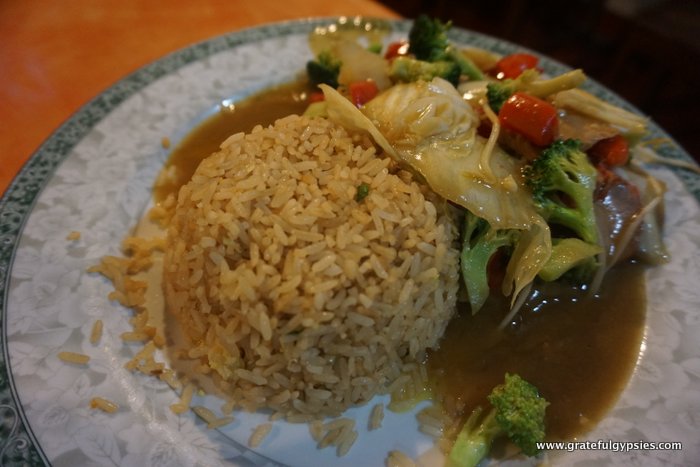
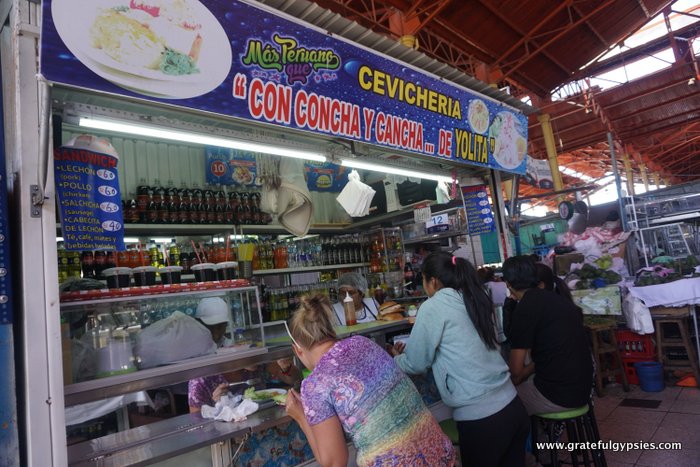
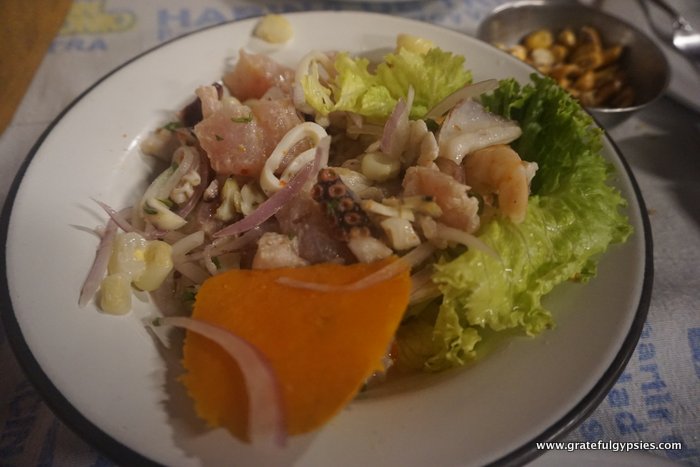
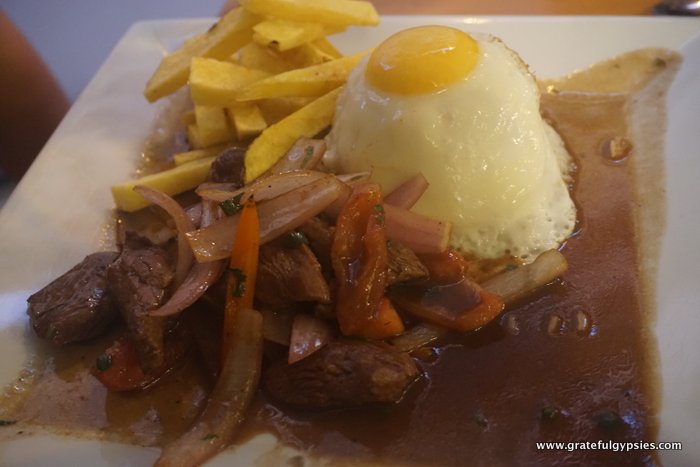
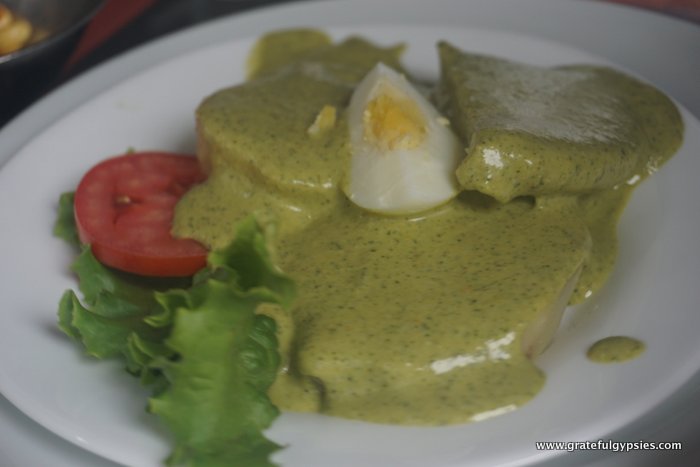
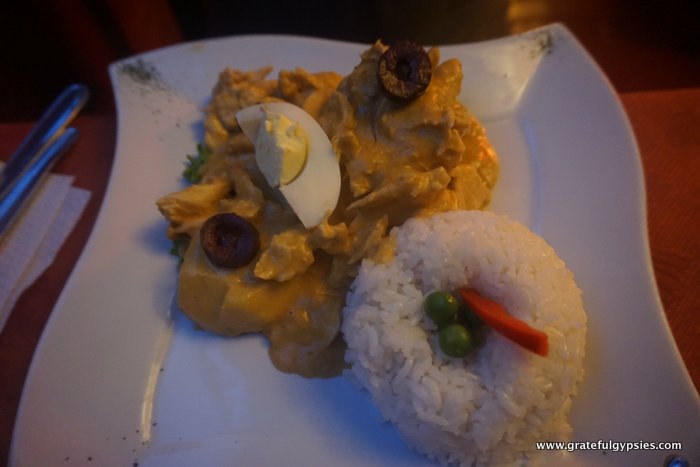
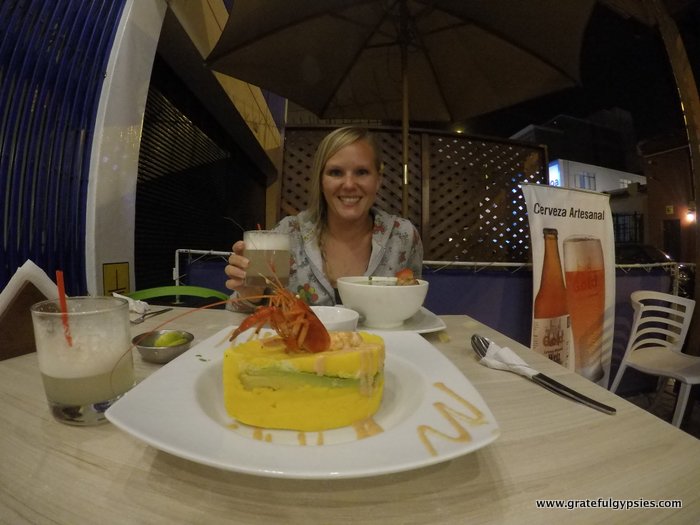
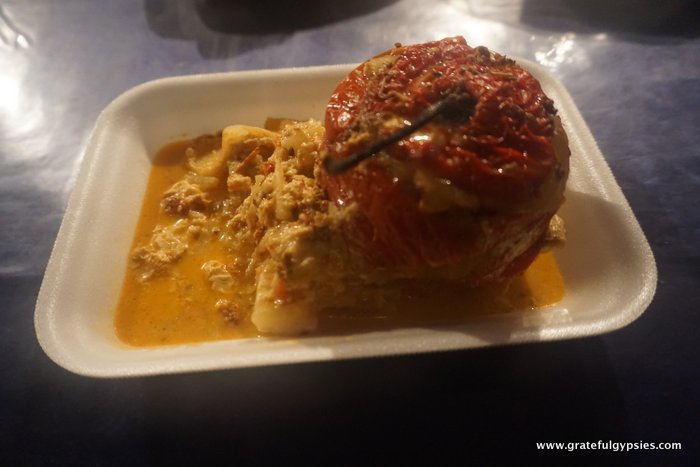
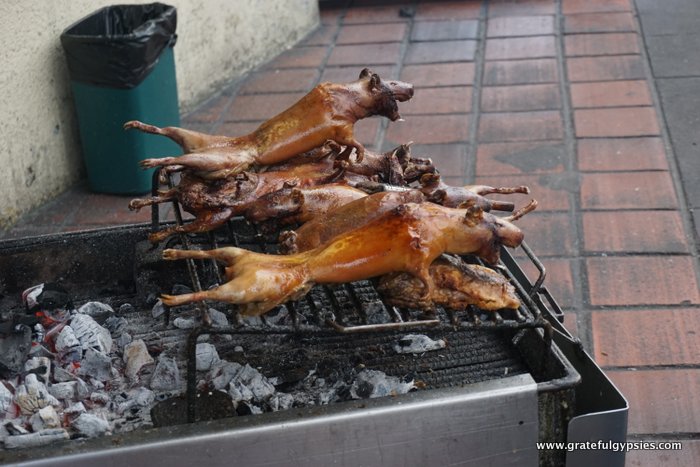

Comments:
Renu Sophat Malhotra:
I liked your blog about Peru — may be I will visit soon.